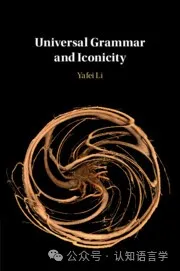 英文简介
英文简介
Within linguistics, the formal and functional approaches each offer insight into what language might be and how it operates, but so far, there have been hardly any systematic attempts to integrate them into a single theory. This book explores the relationship between universal grammar – the theory that we have an innate mechanism for generating sentences – and iconicity – the resemblance between form and meaning in language. It offers a new theory of their interactions, ‘UG-iconicity interface’ (UG-I), which shows that not only do universal grammar and iconicity coexist, but in fact collaborate in intricate and predictable ways. The theory explains various recalcitrant cross-linguistic facts surrounding the serial verb constructions, coordination, semantically and categorically obscure ‘linkers’, the multiple grammatical aspects of the external argument, and non-canonical arguments. This groundbreaking work is essential reading for researchers and postgraduate students in linguistics, as well as scholars in psychology and cognitive science.
本书亮点💡
- Offers a theory that integrates the insights of both formal and functional models of language
- Proposes a new interface of language with a theory, the first of its kind, which is concrete and detailed enough for empirically based evaluations
- Points at and explores a feasible way to resolve theoretical debates.
-
An Interface Theory of Universal Grammar and Iconicity -
The Serial Verb Constructions -
The Connectors -
From the External Argument Onward -
Meta-Theoretical Reflections.
Yafei Li is Professor of Language Sciences at University of Wisconsin-Madison and affiliated part-time with Nanjing University, China. Notable publications include X0: A Theory of Morphology-Syntax Interface (2005) and The Syntax of Chinese (co-authored, 2009).
感兴趣的读者请到剑桥出版社网站查看